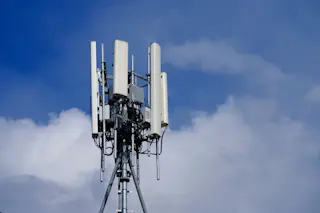Most people, even without refined taste for wine, probably could taste the difference between vino from a box and a $50 chardonnay. But perhaps few of us have the palette to tell a really good wine from a really, really good wine. Well, fear not—the machines are coming to do the job for us. Two different groups have recently announced new designs that could help consumers know whether they're guzzling the good stuff or imbibing a fraud. First, scientists at the Argonne National Laboratory created a counterfeit-resistant cap. Roger Johnston and Jon Warner's design fits over the cork, and once it's attached to the wine bottle, it completes a circuit. Should anyone tamper with the bottle, in an attempt to fill it up with cheaper wine or newer wine and pass it off as the original, they would break the circuit. A wine seller or buyer could hook up the ...
New Robots Could Tell Whether the Wine is Fine
Discover how a counterfeit-resistant cap and electronic tongue combat wine fraud and measure wine characteristics effortlessly.
More on Discover
Stay Curious
SubscribeTo The Magazine
Save up to 40% off the cover price when you subscribe to Discover magazine.
Subscribe












